Eco-Friendly Lumber: How Salvaging Wood Can Save You Money and Save the Environment
Turn reclaimed wood into recycled lumber, cutting down your costs and preventing it from becoming landfill waste
Lumber at the hardware store is expensive, and while many acreage owners want to practice sustainable forestry, that can be a difficult task.
But it doesn't have to be! Reclaimed wood has a ton of potential due to its rustic charm, and you can ease your impact on the environment by sourcing trees locally salvaged after storms. Some sawyers use only recycled wood.
Erik, a sawyer and member of the Woodland Mills Product Owners and Community Facebook group, says when a tree fell on his house, it was an opportunity for him to save the wood and turn it into a greenhouse for his wife.
Here are just a few ways to source reclaimed lumber, either by salvaging whole trees or finding recycled wood from the timber industry.
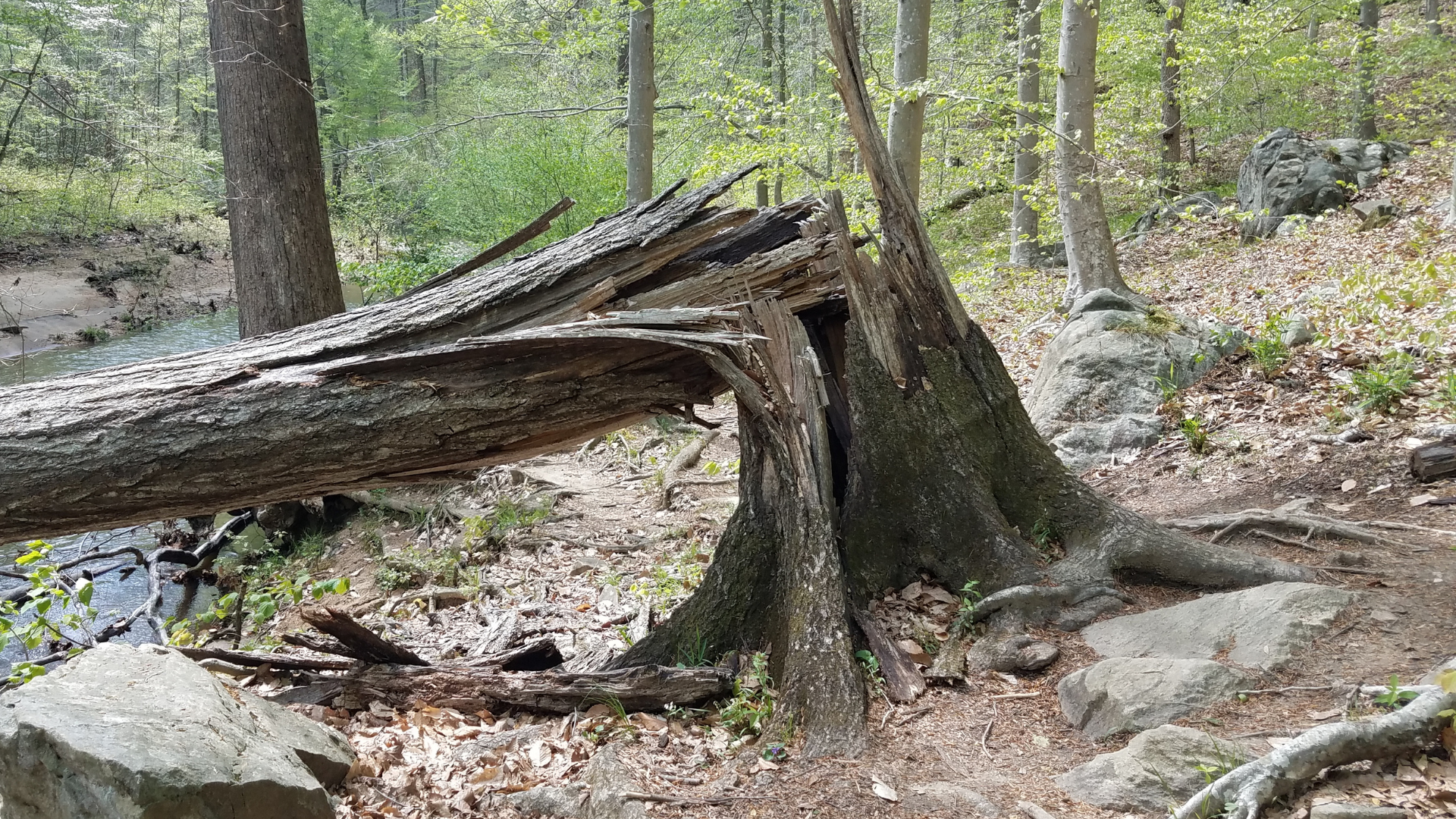
Storm Salvaged Lumber
When a devastating storm rolls through, it's possible to make use of trees which have been downed.
Matthew, a sawyer in the Woodland Mills Product Owners and Community Facebook group, says in a post there that he got "five to six tons of oak and cherry" after a storm hit his daughter's property.
Sawyers are incredibly intuitive when it comes to opportunities to reuse wood. "Sustainable wood" means something different to each sawyer, but generally the idea is to have as small an impact on the environment as possible, finding ways to generate eco-friendly lumber instead of taking down mature, healthy trees.
Doing this has a number of benefits:
-
-
No healthy trees are downed as you're using already felled timber
-
You don't have to go to the effort of taking down a tree
-
Lowered transport energy since you're not spending gas to bring in materials from outside your property
-
Trees downed in storms or other acts of nature can be great for minimizing environmental impacts.
Jay, another Woodland Mills sawyer and Facebook group contributor, says he has salvaged trees damaged from a forest fire.
"Bark is burnt but inner wood is fine," he commented.
Dan is another sawyer who says while he's been hit hard by a devastating storm, he's put his sawmill to use, turning the downed pine trees on his property into useable lumber to help repair the damage.
So keep an eye out for opportunities to save wasted wood from storms that might otherwise rot on the forest floor.
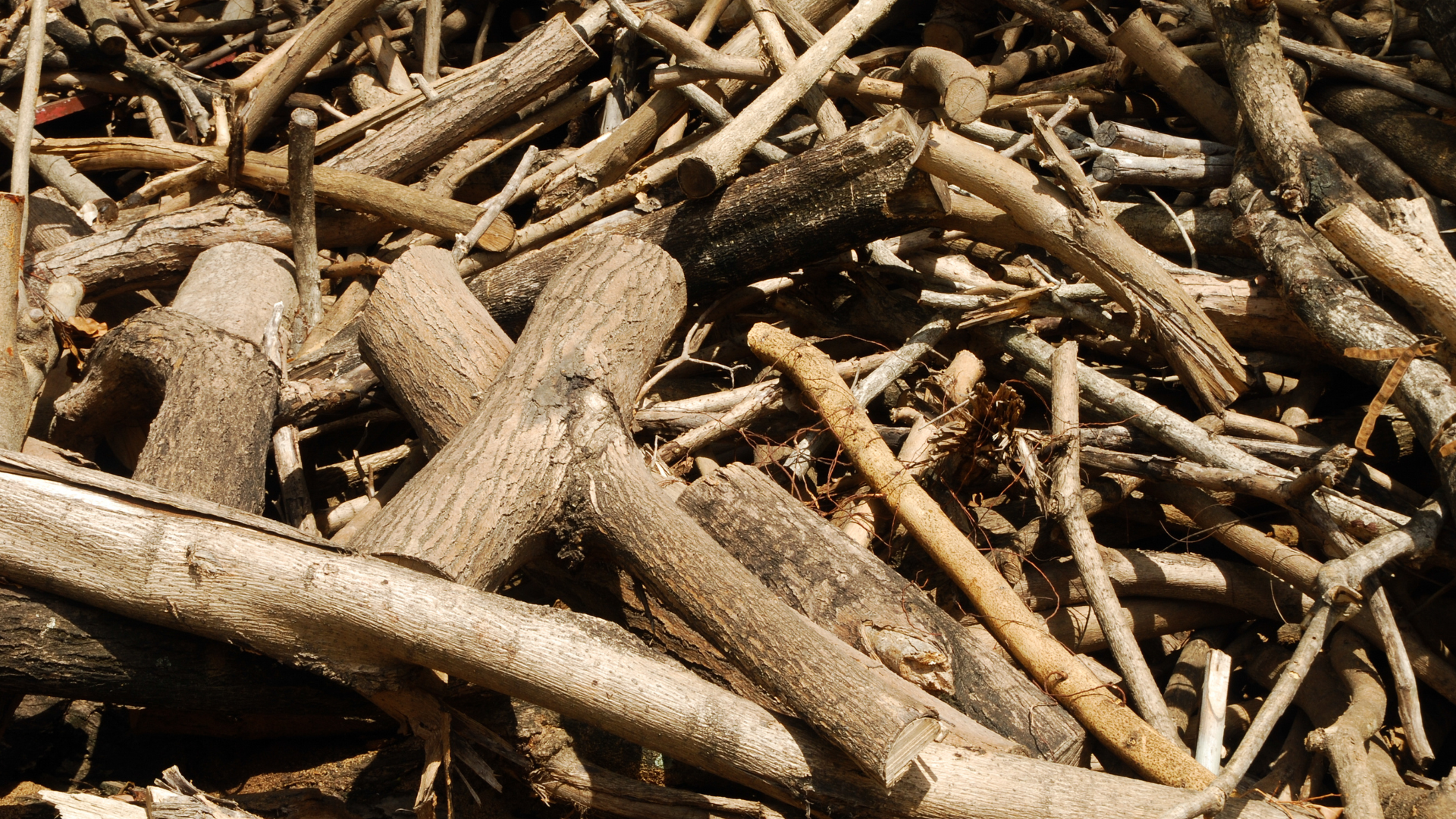
Wood Waste Sites
Every county or municipality is responsible for taking down trees, whether they're fallen onto a road or are dangerously close to power lines. But not every local government has a plan to reuse that wood.
In a lot of cases it's chipped and sent to the landfill. Some places reuse these wood chips as biomass, while others simply dump their wood waste into a designated site and let it decay.
Tim is a Woodland Mills sawmill owner, and he says his county dumps its wood waste into a disposal site that anyone can enter and take what they want. In some cases there is beautiful lumber there, or even just valuable firewood which can be salvaged.
"Every log I save from being burned at the tree dump is well worth my time to get them," says Tim.
Reach out to your local government office and ask if there's such a site and if it's possible to save wood, thus reducing waste from having to cut down new trees.
It's worth noting though that not every place has the same rules. Cole, a young sawyer in British Columbia, says his city doesn't allow anyone to enter their waste disposal site and all the wood waste in it is designated for biomass production. It's frustrating seeing good logs go to waste, he says, which is why he often gets in and saves fallen trees from neighboring properties before the city can get to them.
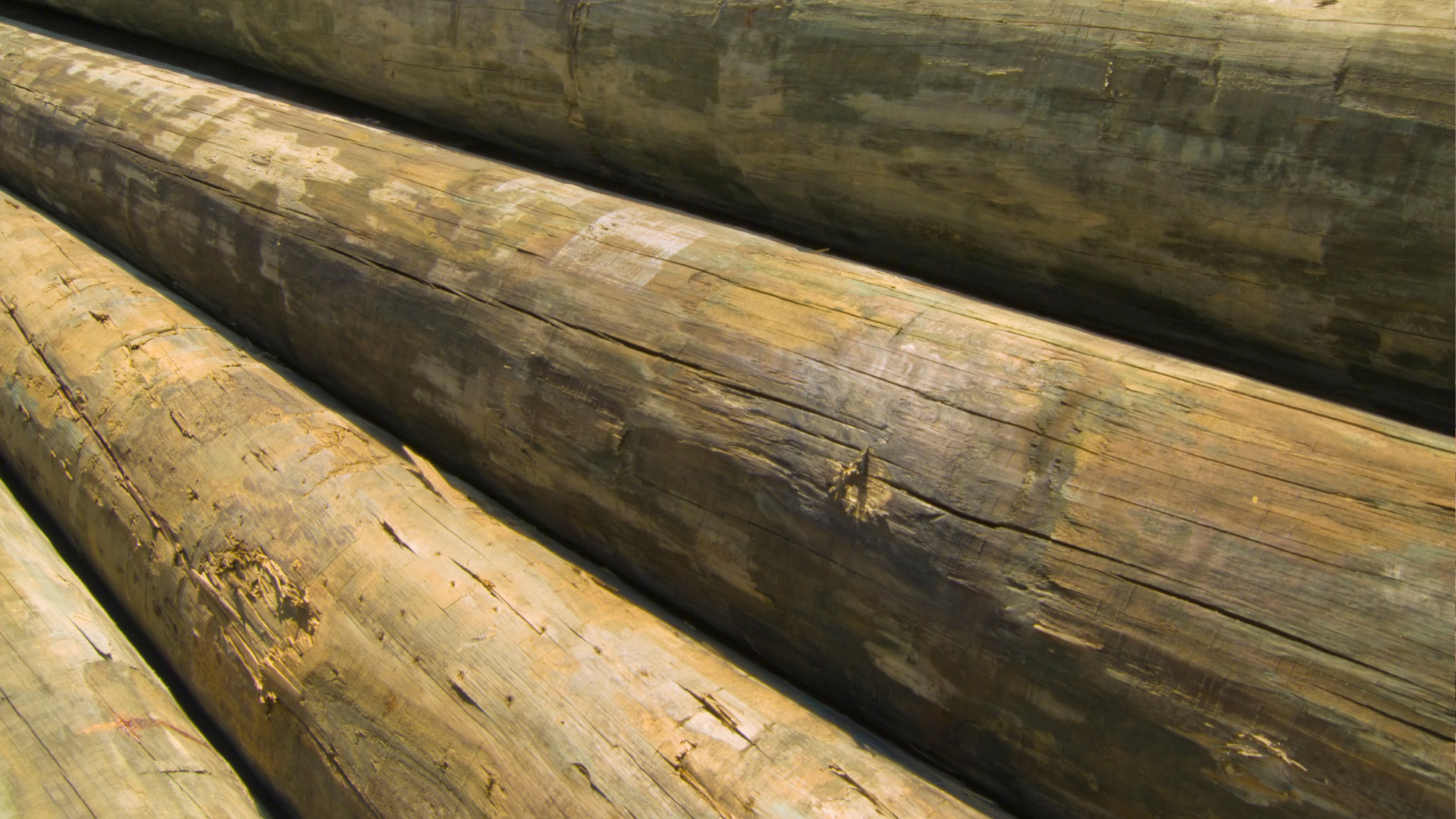
Used telephone poles
This one can be a bit tricky, since used telephone or electrical poles are often chemically treated. This treatment can often be toxic, since many carcinogens are used to treat lumber. While you can handle these poles safely, cutting into them can release airborne particles which would be toxic to breathe.
Some sawyers avoid this outright because of it. Others are very careful and wear all the proper PPE before taking on the task.
Jon, a Woodland Mills sawyer and Facebook contributor, says he's milled "hundreds of them" and that they make "wonderful treated lumber."
So if you do decide to mill used telephone poles, take caution by:
-
-
Wearing all the proper PPE including a respirator
-
Clean up any sawdust afterward, since this sawdust can carry the chemical contaminant and become airborne
-
You can avoid dealing with the chemical treatment entirely by using the poles whole as posts
-
Because a ton of carbon emissions go into the timber industry and the production of telephone poles, it makes sense to make the most out of them so they don't go to waste. Just show an abundance of caution so you can continue milling for many years to come.
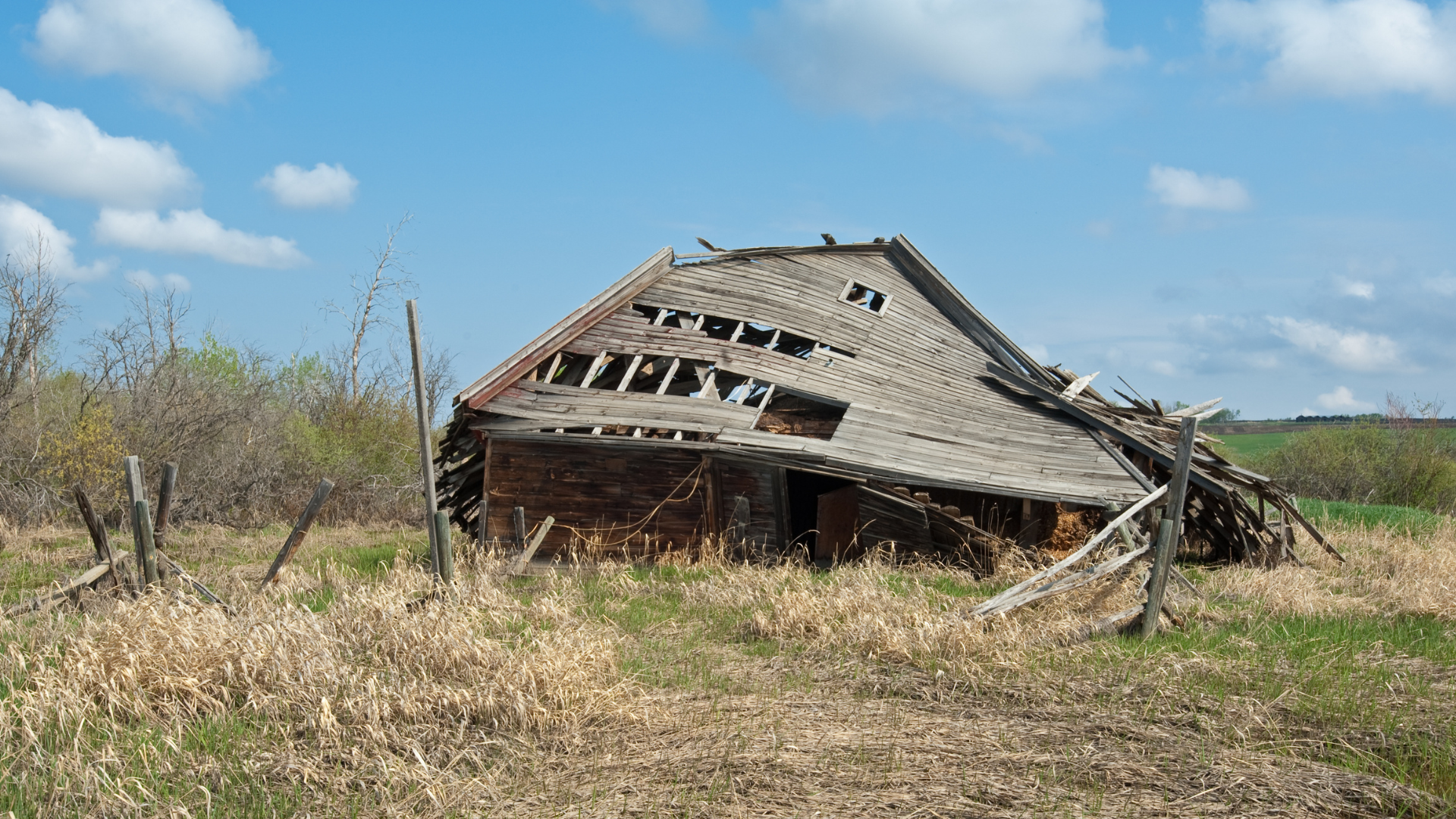
Saving Rustic Siding or Dimensional Lumber
Do you ever drive by a country home or old barn and admire the charm of its aged, antique look?
In a lot of cases these structures need to be torn down and there's a huge industry of rustic and reclaimed lumber. Barnwood especially is highly sought after, and can look amazing in custom wood products or home renovations.
There's definitely a few ways to capitalize on these antique building materials, which can be reused to prevent new timber from needing to be being processed.
-
-
Reach out to owners of old, worn down barns and see if they're interested in trading or selling them
-
See someone demolishing their barn? Pull over and chat with them, it's possible you could prevent all that material from ending up in the landfill
-
Connect with home designers or companies that specialize in renovating older, country properties and see if you can salvage materials for them, saving them the cost of hauling them away
-
Rustic barnwood, or even the posts and dimensional lumber that makes up the barn's structure, are valuable resources, and reusing them is an eco-friendly choice that also looks phenomenal.
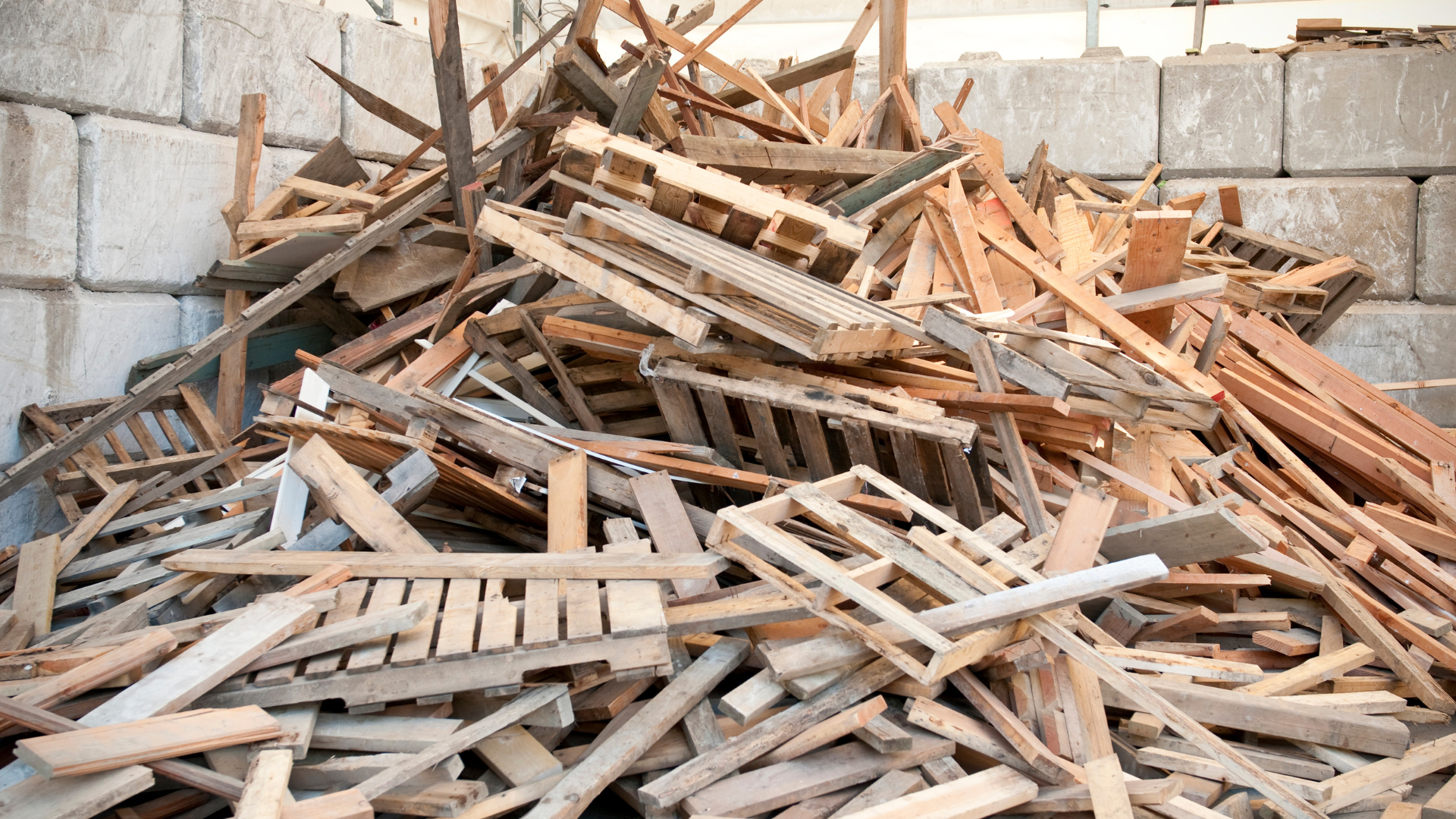
Recycled Wood from Construction Sites or Demolitions
A ton of lumber goes to waste when homes are demolished. Some construction companies too aren't frugal with their resources and have lumber go to waste, rotting unused in a stack outside.
Wood production is an incredibly complicated and vast industry, where millions of trees are felled and go into the production of 2x4s and other dimensional lumber. To see it go to waste can be frustrating.
To save wood that might go to waste from construction sites or demolition sites, check out the following:
-
-
Reach out to companies and ask about saving their wasted materials
-
Ask if you can haul away materials from demolition sites, which often saves money for these companies
-
See if your local landfill has a place for used construction materials, as these can be an oasis of dimensional lumber, bricks or other resources which can be repurposed
-
SHOP SAWMILLS
HM122
The HM122 portable sawmill, packaged with the rugged Bushlander® trailer for complete mobility, loaded with features like the RapidChange® blade system, auto lube and more.
HM126
The sawyer favourite HM126 portable sawmill, packaged with the Woodlander® trailer for complete mobility, ideal operation height and easy storage.
HM130MAX®
The wide capacity HM130MAX® portable sawmill, packaged with the Woodlander® trailer for complete mobility, comfortable operation height and easy storage.
HM136MAX™
Our widest-capacity portable sawmill, the HM136MAX™, packaged with the Woodlander® trailer to make it easy to take anywhere and easy to store.
Join the Woodland Mills Community Facebook group. Search advice and insights from over 65,000 knowledgeable, supportive members.
- Pre-purchase considerations
- Sawmill set-up support
- Project inspiration photos and videos
- Community troubleshooting support
